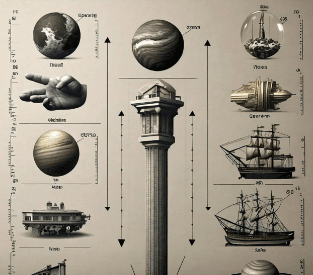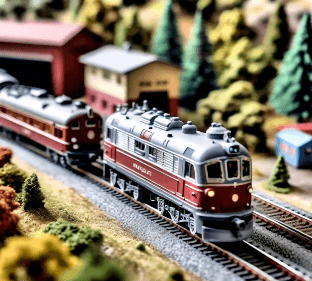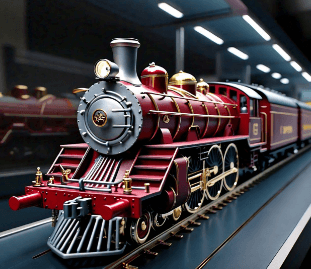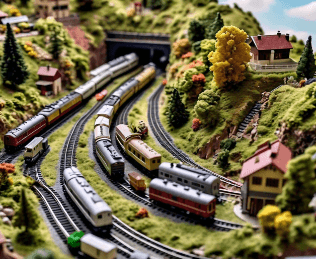Introduction
For train enthusiasts and hobbyists alike, understanding the various sizes of trains is essential to enjoying and immersing yourself in the art of model railroading. The diversity in scale and gauge allows for a unique modeling experience, as each size offers its own set of advantages and opportunities for creativity. This detailed guide will delve into the most common railway scales and gauges, helping you make an informed decision on which might be best suited to your interests, space, and budget.
Understanding Scales and Gauges
What is Scale?
In model railroading, “scale” refers to the ratio of the model’s size compared to its real-life counterpart. For instance, when we say a model is in “HO scale,” we mean that it is 1/87th the size of the actual train. Understanding scale is crucial as it impacts the level of detail, the layout design, and the compatibility of different models within a single collection.
What is Gauge?
The term “gauge” refers to the distance between the rails of the track. Different scales often correspond to specific gauges, and knowing the gauge is essential for ensuring that your models can operate smoothly on your chosen layout. Each gauge can support trains of a particular scale, making it important to align these specifications.

Common Railway Scales
1. Large Models
The largest train models available in the market are commonly known as “big trains.” These models are particularly popular for outdoor setups, called garden railways, but they can also be adapted for indoor use.
- Common Scales:
- 1:32
- 1:22.5 (often referred to as “G Scale”)
- 1:20
All these large models operate on Gauge 1, which measures 45mm between the rails. Big trains offer impressive visuals and can be incorporated into expansive garden layouts that highlight the beauty of nature.
2. O Scale
Next in line is the O scale, known for its larger size and a ratio of 1:48. This scale has a rich history, with Lionel’s O scale trains captivating children for nearly a century. Not only did it play a significant role in boosting the popularity of model trains, but it also provides an excellent balance of detail and size.
- Benefits:
- Generally easy to work with and assemble.
- Offers a variety of trains, buildings, and scenery options.

3. S Scale
S scale models, with a ratio of 1:64, are slightly smaller than O scale. Originally popularized by the American Flyer, S scale models run on 7/8-inch rails. Today, S scale trains are finely detailed and often come with a variety of compatible accessories, making them an excellent choice for those who want a good balance of size and detail.

4. HO Scale
HO scale models have gained the title of the most popular scale among modelers. At a ratio of 1:87, these trains run on tracks where the width measures 16.5 mm. HO trains are celebrated for their detail while being compact enough to fit into smaller spaces.
- Layout Flexibility:
- Ideal for creating detailed environments in limited spaces, often set up on tables ranging from 4 to 8 feet.
- More than two-thirds of model railroaders opt for HO scale due to its accessibility and diversity.
5. N Scale
For those constrained by space, N scale offers a solution. With a ratio of 1:160 and running on tracks 9 mm wide, N scale trains allow modelers to create extensive layouts, often simulating vast landscapes in a smaller footprint.
- Advantages:
- Perfect for hobbyists who desire a large setup without the need for a large room.
6. Z Scale
At the smaller end of the spectrum is Z scale, with a ratio of 1:220. These miniatures run on tracks with a mere 6.5 mm between the rails, enabling incredibly compact designs.
- Unique Feature:
- A 50-meter full-size locomotive model in Z scale would be approximately 2.75 inches long, showcasing the minuscule nature of this scale.
Choosing the Right Scale for You
When determining the best scale for your model railway, consider the following factors:
- Available Space: Evaluate how much room you can dedicate to your model setup. Larger scales require more space, while smaller scales may fit in tighter areas.
- Desired Complexity: If you enjoy detailed scenery and longer trains, consider larger scales like O or HO. For simpler designs or vast landscapes, N or Z scales might be better.
- Budget: Some scales can be more expensive depending on the level of detail and the size of the models. Calculate your budget before making a decision.

